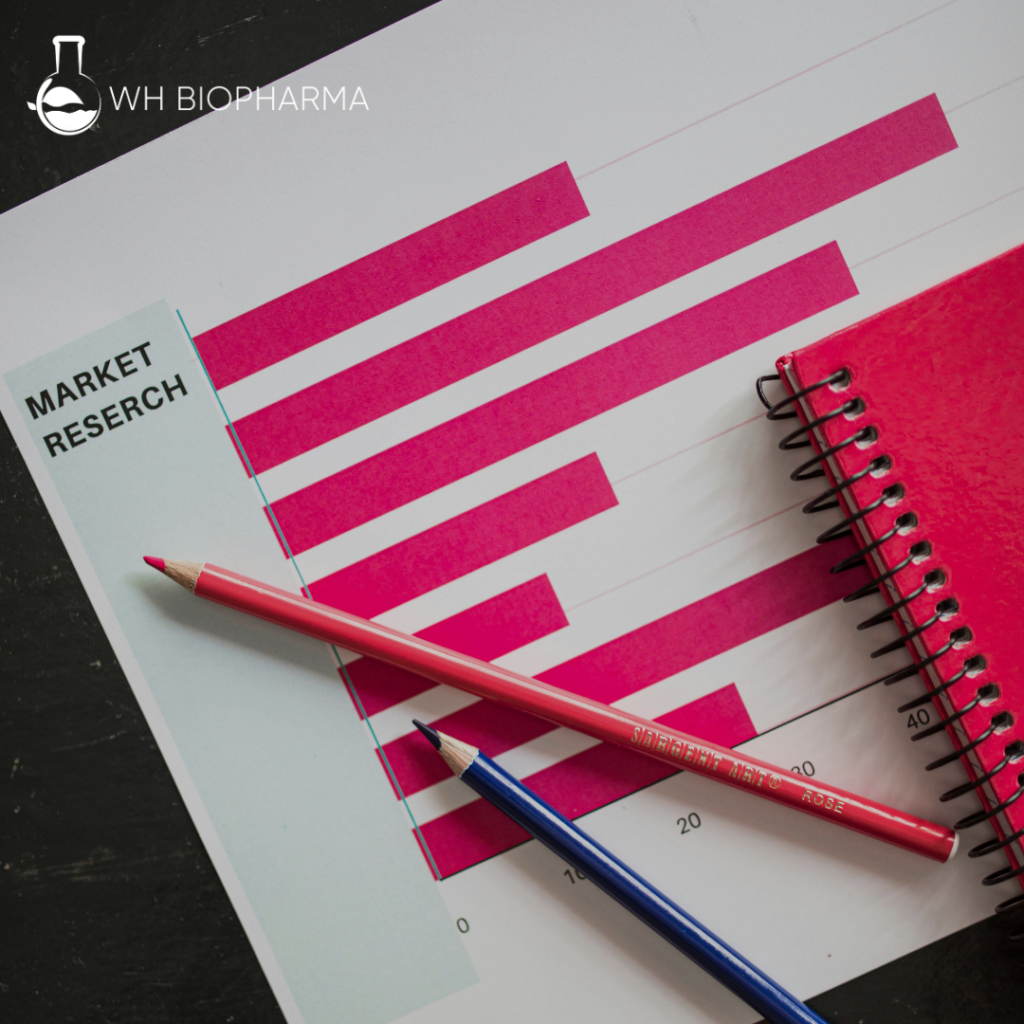In the ever-evolving landscape of consumer and food packaging, staying ahead of trends and anticipating future demands is crucial for businesses to remain competitive and sustainable.
As we look forward to the year 2024, it’s essential to analyze the trajectory of the packaging industry, including the role of co-packing, emerging technologies, sustainability initiatives, and evolving consumer preferences.
This article explores the future of packaging, forecasting trends and innovations that will shape the industry in 2024 and beyond.
The Future of Co-Packing in 2024
Co-packing, also known as contract packaging, is a trend poised to play an increasingly vital role in the packaging industry in 2024. With businesses seeking flexibility, efficiency, and cost-effectiveness, co-packing offers a solution by outsourcing packaging processes to specialized third-party providers.
The global co-packing market is expected to witness steady growth, driven by the rising demand for customized co- packaging solutions, particularly in the food and beverage sector.
In 2024, co-packers will continue to invest in advanced technologies and automation to streamline production processes and meet the evolving needs of their clients. Digitalization and robotics will enhance efficiency, while data analytics will provide valuable insights for optimizing supply chain operations.
Additionally, co-packers will focus on sustainability, offering eco-friendly packaging materials and solutions to align with the growing consumer preference for environmentally conscious products.
Packaging Industry Trends
The packaging industry as a whole is undergoing significant transformations, driven by technological advancements, regulatory changes, and shifting consumer and business behaviors. Several key trends will shape the industry growth landscape in 2024:
Sustainable Packaging:
As concerns about environmental impact grow, the trend toward sustainable packaging solutions will gain momentum. From recyclable materials to biodegradable packaging options, brands and packaging producers will prioritize eco-friendly alternatives to reduce waste and minimize their carbon footprint.
Smart Packaging
The integration of technology into packaging will enable functionalities such as product tracking, temperature monitoring, and interactive consumer experiences. Smart packaging solutions will enhance product safety, improve supply chain visibility, and have packaging companies engage consumers in new ways.
E-Commerce Packaging
With the continued rise of online shopping, packaging designed for e-commerce will become increasingly important. Brands will focus on the challenges of optimizing packaging for efficient shipping, minimizing damage during transit, and enhancing the packing and unboxing experience for consumers.
Regulatory Compliance
Stringent regulations governing packaging materials and waste management will drive industry-wide efforts to ensure compliance and sustainability.
Extended Producer Responsibility (EPR) initiatives will incentivize companies to take greater responsibility for the lifecycle of their products, from design to disposal and recycling.
Evolving Consumer Preferences
Consumer preferences and behaviors are dynamic and constantly evolving, influencing packaging trends, marketing and product offerings. In 2024, several factors will shape consumer demand for packaging:
Health and Wellness
Consumers will prioritize packaging that promotes health and wellness, with factors such as portion-controlled packaging, transparent labeling, and convenient on-the-go options.
Convenience
Busy lifestyles will be widely expected to drive demand for packaging that offers convenience and ease of use. Single-serve packaging, resealable pouches, and microwaveable containers will cater to consumers seeking quick and hassle-free meal solutions.
Authenticity and Transparency
Authenticity and transparency will be key drivers of consumer trust and loyalty. Brands that communicate their company values, sourcing practices, and sustainability efforts through packaging will resonate with conscientious consumers.
Personalization
Personalized packaging experiences will appeal to consumers seeking unique and customized products. Brands will leverage digital printing and customization technologies to create and offer personalized packaging designs and messaging.
Ecommerce Remains a Major Driver for Packaging Innovation
E-commerce has emerged as a powerhouse, reshaping consumer behaviors, supply chains, and, notably, packaging innovation. As we look towards the future, it’s evident that e-commerce will continue to be a major driver for packaging innovation. Here’s why:
Demand for Protective Packaging
E-commerce transactions often involve products being shipped across long distances, passing through various handling and packing stages. This necessitates packaging that provides robust protection against damage during transit.
As a result, there’s a growing demand for innovative protective packaging solutions, such as air cushions, bubble wrap alternatives, and corrugated packaging with enhanced strength and durability.
Optimization for Shipping Efficiency
Efficient shipping is crucial for e-commerce success, both in terms of cost-effectiveness and environmental impact. Packaging innovation plays a key role in optimizing shipping efficiency by reducing package size and weight without compromising product protection.
Solutions like right-sized packaging, foldable designs, and packaging automation technologies contribute to minimizing shipping costs and carbon footprint.
Enhancing Unboxing Experience
In the digital age, the unboxing experience has become a significant part of the consumer journey. Brands leverage innovative packaging designs, such as custom-printed boxes, branded tissue paper, and personalized messages, to create memorable unboxing moments that delight customers.
E-commerce provides a platform for brands to showcase their creativity and differentiate themselves through unique packaging experiences.
Sustainability Initiatives
Concerns about environmental sustainability are driving e-commerce companies to adopt eco-friendly packaging solutions. From recyclable materials to biodegradable packaging options, there’s a growing emphasis on reducing packaging waste and minimizing environmental impact.
Sustainable packaging innovation in e-commerce includes compostable mailers, recycled content packaging, and reusable shipping containers, aligning with a shift in consumer preferences for environmentally conscious brands.
Technology Integration
Advancements in technology are driving packaging innovation in e-commerce. Smart packaging solutions, such as QR codes, NFC tags, and augmented reality experiences, enable interactive engagement with products and enhance the overall customer experience.
Additionally, data analytics and machine learning algorithms help optimize packaging designs and predict consumer preferences, enabling personalized packaging solutions tailored to individual customers.
Compliance with Regulations
E-commerce companies must navigate a complex regulatory landscape governing packaging materials, labeling requirements, and shipping regulations. Innovative packaging solutions help ensure compliance with regulatory standards while maintaining product integrity and consumer safety.
Co-packaging services and partnerships with packaging suppliers enable e-commerce businesses to stay abreast of regulatory changes and implement necessary adjustments to their packaging strategies.
Influenced by inflation, consumer purchasing adapts
Inflation, as a persistent increase in the general price level of goods and services, inevitably influences consumer purchasing behavior. When faced with rising prices, consumers must adapt their spending habits to maintain their purchasing power and meet their needs. Here’s how inflation influences consumer purchasing behavior and how consumers adapt:
1. Shift in Spending Patterns:
Essentials vs. Non-Essentials: Consumers prioritize spending on essential goods and services, such as food, housing, healthcare, and utilities, while cutting back on non-essential items like luxury goods and entertainment.
Quality vs. Quantity: Consumers may opt for lower-priced alternatives or reduce the quantity purchased to mitigate the impact of price increases, especially for discretionary items.
2. Brand Loyalty vs. Price Sensitivity:
Brand Loyalty: Inflation may challenge brand loyalty as consumers become more price-sensitive and willing to switch to lower-cost alternatives or private-label brands.
Price Sensitivity: Consumers actively seek out discounts, promotions, and sales events to stretch their budgets further, favoring value-oriented products and retailers.
3. Adjustments in Shopping Behavior:
Bulk Purchases: Consumers may engage in bulk buying to take advantage of lower unit prices and stock up on essentials before prices rise further.
Delayed Purchases: Delaying purchases of non-urgent items or big-ticket items until prices stabilize or discounts become available is a common strategy during periods of inflation.
Comparison Shopping: Increased price consciousness prompts consumers to shop around, compare prices, and seek out the best deals both online and offline.
4. Changes in Lifestyle and Consumption Habits:
Downsizing: Consumers may downsize their living arrangements or make lifestyle adjustments to reduce expenses, such as downsizing to a smaller home or car.
DIY vs. Outsourcing: Inflation may encourage consumers to take on DIY projects or tasks rather than outsourcing services to save money on labor costs.
Health-Conscious Choices: Rising food prices may lead consumers to prioritize healthier, more affordable food options and cook at home more frequently rather than dining out.
5. Savings and Investment Strategies:
Emergency Savings: Consumers prioritize building emergency savings to buffer against unexpected expenses or income disruptions caused by inflation or economic uncertainty.
Investment Diversification: Inflation prompts consumers to diversify their investment portfolios and seek out assets that offer protection against inflation, such as real estate, commodities, and inflation-indexed bonds.
6. Long-Term Financial Planning:
Budgeting and Financial Planning: Consumers engage in proactive budgeting and financial planning to manage their expenses effectively and prioritize financial goals, such as debt repayment and retirement savings.
Income Generation: Inflation may incentivize consumers to seek additional income streams, such as part-time work, freelancing, or passive income opportunities, to offset rising expenses and maintain their standard of living.
As we look ahead to 2024, the packaging industry stands at the cusp of transformation, driven by technological innovation, sustainability imperatives, and shifting consumer preferences. Co-packing will continue to play a pivotal role in meeting the diverse needs of brands and consumers, offering flexible and efficient packaging solutions.
By embracing sustainability, innovation, and consumer-centricity, co packing and businesses can navigate the evolving landscape shift of packaging trends and position themselves for long-term success in the dynamic marketplace of the future.







